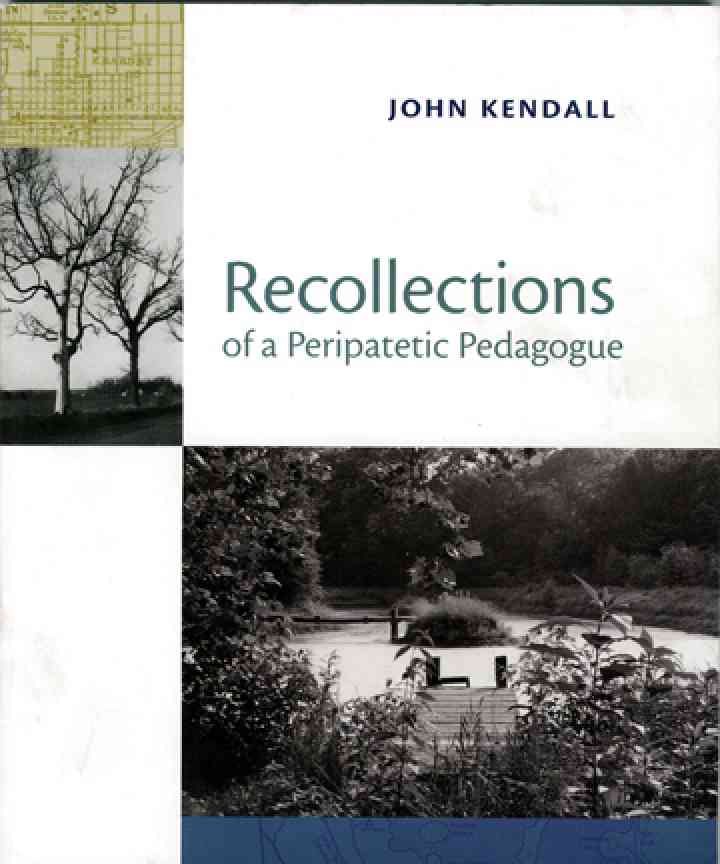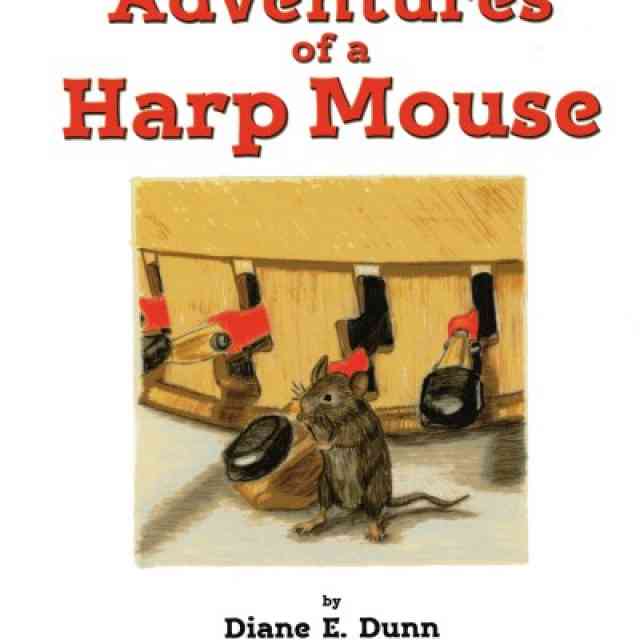
Recollections of a Peripatetic Pedagogue, John D. Kendall. SHAR Publications, Inc. Ann Arbor, Michigan, 2010.
This much anticipated book is a candid and honest account of the life of John Kendall. It is written in simple language, almost understated, and photographs are informative and plentiful. From the beginning, the reader is drawn into a personal story that spans almost a century. The book is also a powerful account of the complicated and intertwined relationships that exist between culture, personal belief, national and international affairs, and one man’s indefatigable pursuit of knowledge.
The book has twelve chapters, divided into three parts: Part One is about his childhood and family life in Kearney, Nebraska. Part Two recounts his experiences as a student at Oberlin, his first job at Drury College, and the turmoil caused by an impending World War II. Part Two concludes with his appointment as orchestra director and violin instructor at Muskinghom College, and closes with an interesting and somewhat humorous chapter entitled “Places I have Practiced.” Part Three recounts his first visit to Japan and the profound impact Dr. Shinichi Suzuki and the Suzuki children had on him. It also describes the String Development Program at Southern Illinois University at Edwardsville. The third part concludes with a chapter entitled, “Life at Toadwood Scrubs,” which is a personal narrative about John, his wife Kay, their family, the land and the community, as much as it is about Toadwood Scrubs.
One cannot separate the life of John Kendall from the events—personal, national and international—that influenced him. “The Acropolis” was his boyhood home in Kearney, Nebraska. (I will leave it to those who read the book to investigate the name). Of particular interest might be his first violin teacher, Raymond Rogers, who was working on a teaching method based on music literature instead of “manufactured music” or etudes—perhaps a prophetic experience.
Raised by parents who had little material wealth, young John learned to entertain himself on and around the family farm. These early years instilled in him a love of nature, chickens and eggs—which he thinks are “the most beautifully formed objects in nature.” He also learned the value of hard work, independence and discipline, which, in his own words, left him with a “depression era mentality.” Both the Great Depression and the Dust Bowl were catastrophic events in American history, and the Kendall family did not escape their effects. Without money to purchase goods, people had to use unlikely materials in creative ways, which became a hallmark of American ingenuity. It is interesting that decades later, we have come to recognize this ability as a factor in determining intelligence, but for the people living through those difficult times, scavenging and jerry-building were matters of survival!
With no time to recover from the Great Depression or the Dust Bowl, America was thrust into World War II. John Kendall’s Quaker upbringing likely influenced his decision to become a conscientious objector, and he was inducted into the Civilian Public Service (CPS). His assigned duties included laboring in forests, working as a janitor in a mental hospital, being a human guinea pig in various experiments, and serving as a lab technician. These seemingly unrelated episodes, combined with his ingenuity, ability to work with his hands, and his formal education all contributed to the gestalt of John Kendall.
Only a disciplined mind that is observant and has encountered a wide variety of experiences can see underlying patterns in diverse situations. As a young man, John Kendall noticed similarities in the arm movements of brick layers and those of violinists’ bow arms. At their most developed, both are accomplished with economy, precision and grace of movement, and both take time and intelligence to develop.
The mind of the older, more experienced, John Kendall continues to recognize patterns, which form the core of a Kendall pedagogical “dialect”, e.g. “Increasingly complex micro-worlds”, “We use the pieces to build our technique”, “Altitude is power”, “Attentional rotational practice systems”, “Old finger to the new position”, “Create a no-fail environment”, “Hand leads up, elbow leads down”. These, and many other familiar “Kendallisms,” reflect his unusual ability to observe, recognize patterns, synthesize them into principles and create a means to teach them to students of all backgrounds and technical levels.
This complex and unusual ability is the result of having the insight and intellect to reflect and learn from a life rich with diverse experiences, and to translate them into a universal teaching language. All of this, and much more, is eloquently captured in this memoir by John Dryden Kendall.








